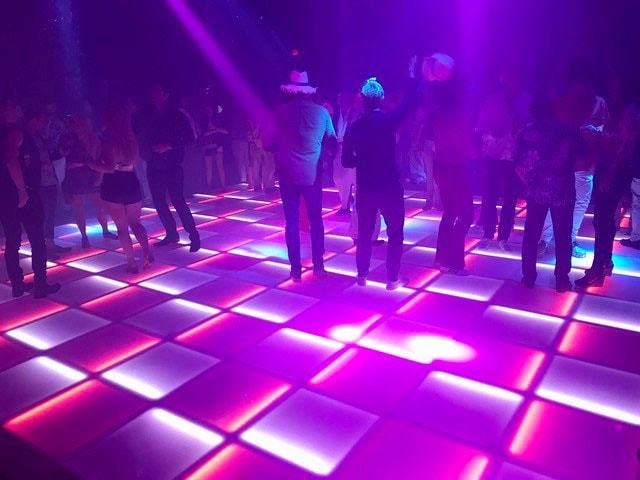
One of the main functions of lighting on a dance floor is to highlight the performers. Spotlights can be used to focus attention on individual dancers or groups, making them the center of attraction. This technique not only showcases their actions but also adds a layer of theatricality to the performance. When dancers are lit properly, their facial expressions and skills become more apparent, allowing the spectators to value their abilities. This targeted lighting can also help to create a narrative, guiding the audience through the performance.
In furthermore to showcasing performers, colored lights can significantly impact the mood of the dance floor. Different colors evoke different emotions; for example, warm colors like red and orange can create a sense of excitement and energy, while cooler colors dance floor decoration for milestone celebrations like azure and emerald can encourage calmness and ease. By strategically using colored illumination, organizers can control the environment to match the theme of the event or the style of the dance. This thoughtful approach to lighting design can enhance the complete experience for all involved.
Flashing lights and other active lighting features can also add thrill to a dance floor. These effects can create a sense of rhythm and movement that complements the music being performed. When timed with the rhythm, flashing lights can make the dancing area feel vibrant, encouraging dancers to move in time with the flashing lights. This interaction between light and music can elevate the vitality of the occasion, making it more enjoyable for both performers and spectators. The use of such features requires thoughtful consideration to ensure they improve rather than distract from the show.
Ultimately, the complete setup of the lighting arrangement is essential for establishing a unified look on the dancing area. A well-thought-out lighting plan considers the layout of the area, the kind of performance being executed, and the audience's experience. By combining different lighting techniques, such as ambient lighting, accent lighting, and special effects, planners can design a visually stunning environment. This focus to specifics not only enhances the performance but also leaves a lasting impact on the spectators, making the occasion unforgettable. In summary, the transformative power of lighting is vital in improving dancing area aesthetics, creating an captivating and pleasurable experience for all.